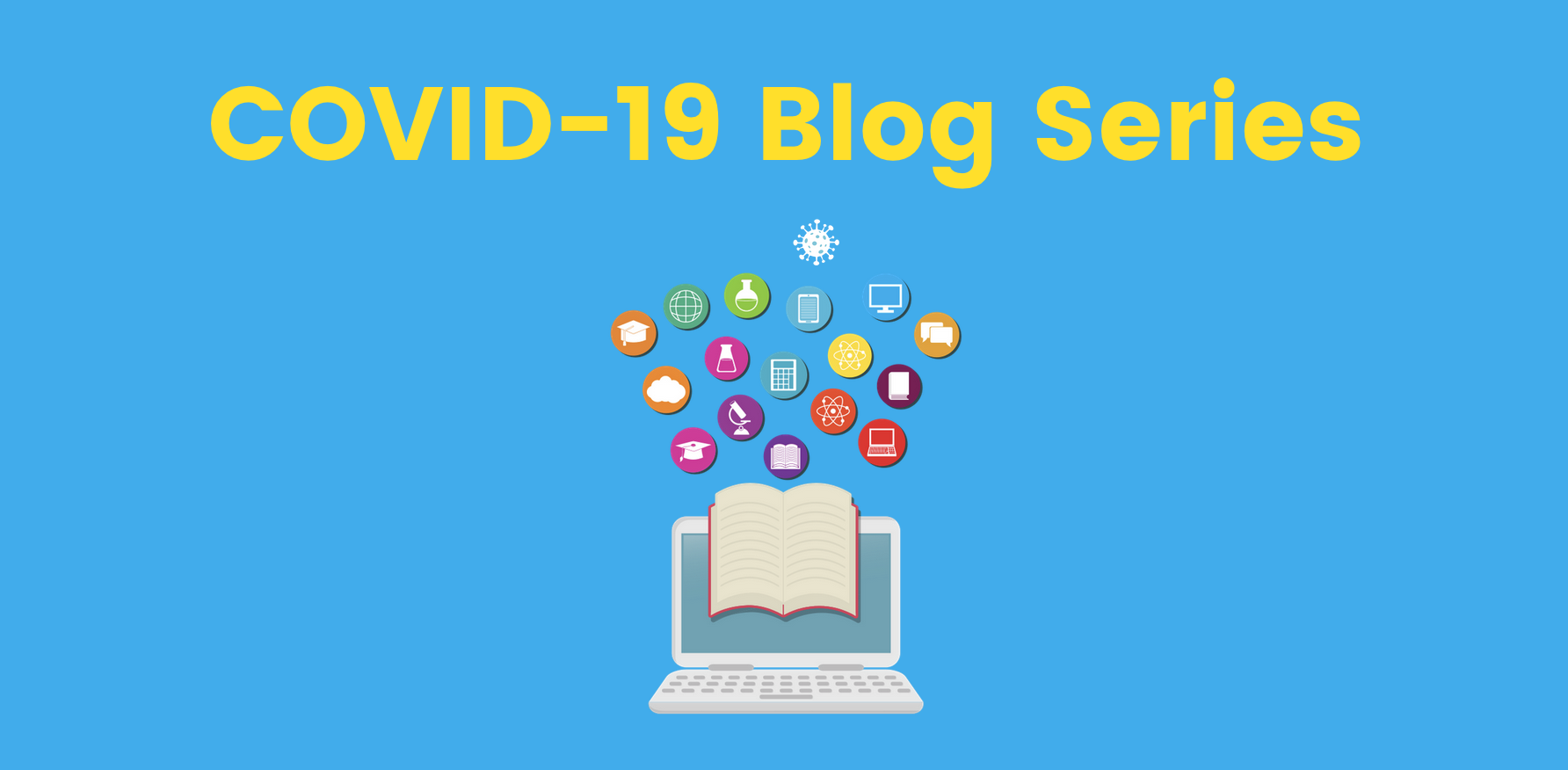By Le Thu Huong, Programme Specialist, Section of Education Policy at UNESCO
Going to school is important for children, but it may be a daunting experience this year due to the pandemic. Returning after months of being locked-down and studying at home will result in an elevated level of anxiety and uncertainty for parents and children. The situation is also challenging for school leaders, administrators and teachers. They need to select a suitable approach to ensure a smooth transition for school children to a ‘new normal’, where physical school attendance is strictly subject to health and hygiene protocols. Whatever the approach chosen – face-to-face, distance/remote or hybrid/blended teaching and learning – learning to adapt to different environments is something that schools and teachers will need to help students navigate.

What should teachers and schools do to prepare and support children and their families for this transition? Here are some suggestions with a focus on one aspect: pedagogy.
Open, factual, honest and speedy communication
A return to school and learning routines presents a certain level of anxiety for children and parents, particularly after a few months of home confinement. Open, factual, honest and speedy conversations about COVID-19 sanitary measures as well as plans for returning to school will help to reduce confusion and concerns. Using familiar communication methods (such as newsletters, email, telephone or SMS) and short, clear and repeated messages to update families and pupils about what will be the same and what will be different may be a welcome way schools can prepare pupils and parents for a seamless return to school.
Plan for adjusted pedagogy
Adjusting to the ‘new normal’ is a process, not a simple fix, which requires educators, and especially school leaders, to take the time to think and plan. At the instructional level, teachers will need to allow for multiple entry points into any new or newly adapted activities (rather than opt in or opt out), and plan for differentiating classroom learning by level and student need. This will help to cater for the different, new needs that students may have, not only in terms of their gaps in knowledge but also in terms of their social, emotional wellbeing and mental health. Moreover, by showing empathy to students and acknowledging the difficulties they faced during self-isolation, teachers can support the children’s social emotional learning too.
Engage creatively children in learning
Learning is part of living and evolves with contexts. Children’s home learning experiences present an excellent example of learning to do and learning to learn. Teachers should explore and learn about these experiences to innovate their pedagogical approaches. There are a variety of simple, creative ways that can be used to encourage children to share their experiences and to explore their understanding of the COVID-19 pandemic and its effects on their lives. For example, children can express themselves with writing, poetry, music, art, dance, drama, etc. This not only encourages them to share their emotions and experiences but is also an effective way to teach creativity – a core skill for the 21st century needed for adapting and dealing with change. By examining these works, and by talking with pupils, teachers will also gain insight into the way they learn (examining self-monitoring, reflection, self-management, and metacognitive processes).
Harness experiences from confinement to build pupils’ confidence and resilience
Now more than ever, building the confidence and resilience of school children is of utmost importance: children with high self-esteem are better able to make difficult decisions, approach adults for support, and be self-sufficient in their learning.
The level of responsibility that children of all ages have had to embrace over the past months is overwhelming and should be celebrated as well as harnessed. By listening to and validating their worries and guiding them on coping strategies, teachers can help children feel more safe and supported at school, thus building new levels of confidence and autonomy. Another strategy that teachers can use is to select and use quality outputs of pupil work that were produced during home-learning as a vehicle for substantive conversations in teaching and learning activities. This practice is useful to instil confidence in students’ capabilities to take charge of their own learning and thus help build their resilience.
Leverage school-family partnership for teaching and learning
The life of working from home during lockdown has created a genuine opportunity for parents’ understanding and empathy for the work of teachers, and vice versa, presenting many benefits for teaching and learning. For example, greater parent understanding of the curriculum could help establish more meaningful student learning goals and better support systems at home. Schools should take this opportunity to consolidate, and even extend, the communication strategies and partnerships with parents, to harness this increased shared understanding to refine, modify and adapt learning processes, structures and materials to better support children.





Pingback: What is the best pedagogy for managing the transition back to school ? – Musings of a teacher, academic and pilgrim